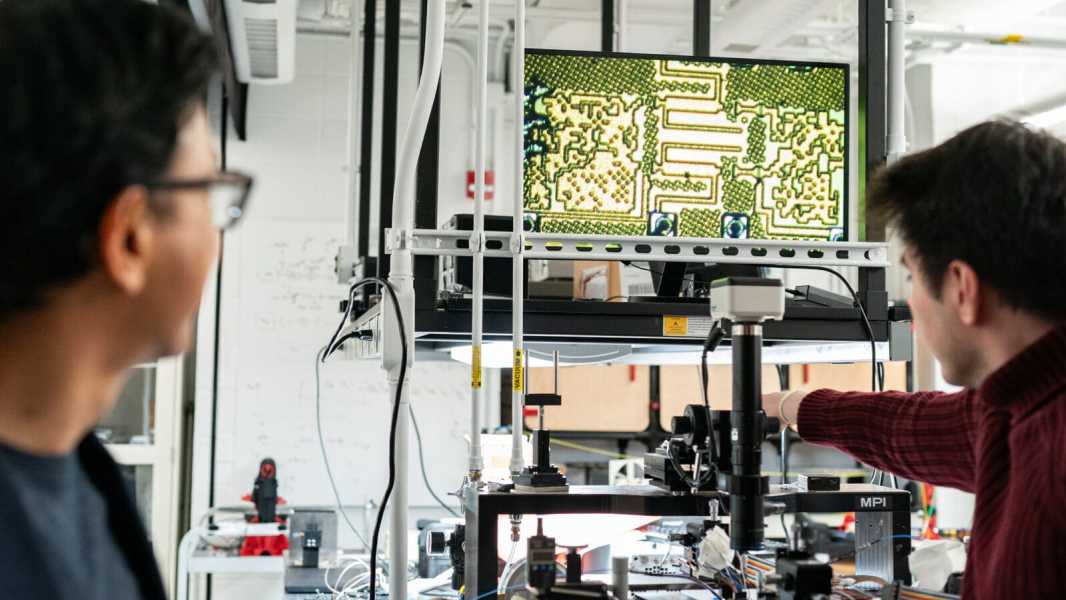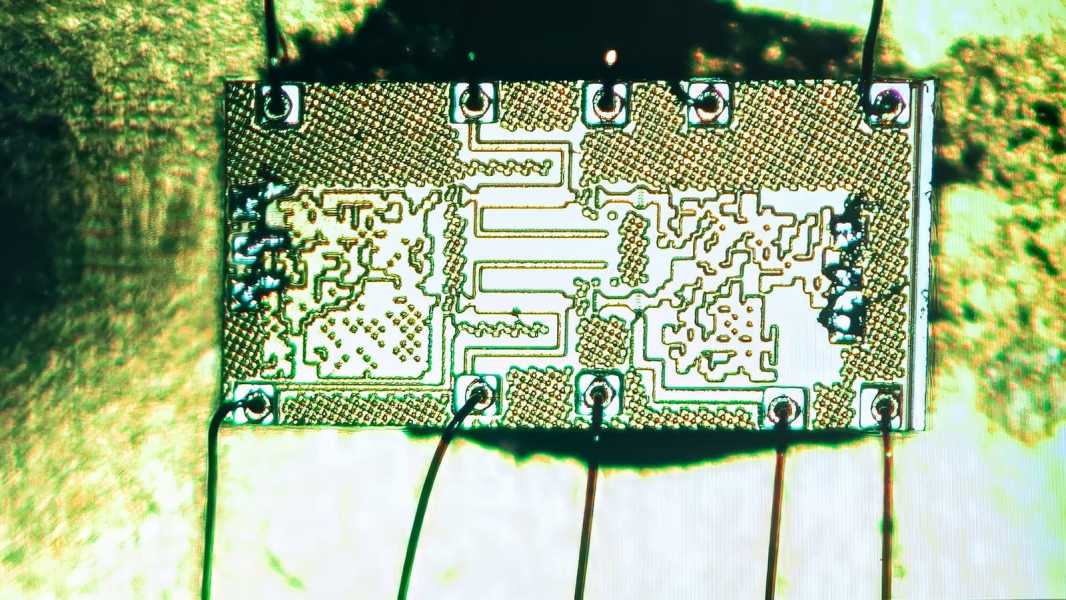
The AI perceived the chip's design as a whole, rather than as a collection of parts. (Image courtesy of Princeton University)
Research engineers have shown that artificial intelligence (AI) can create complex wireless chips in just a few hours, whereas it would take humans weeks.
Not only was the chip design more efficient, but the AI used a fundamentally different method — one that a human circuit designer would be unlikely to have come up with. The researchers reported their findings in a paper published Dec. 30, 2024, in the journal Nature Communications.
The study focused on millimeter-wave wireless chips, which pose one of the biggest challenges for manufacturers due to their complexity and need for miniaturization. These chips are used in 5G modems, which are now widely used in mobile devices.
Currently, manufacturers rely on a combination of human experience, custom circuit designs, and established templates. Each new design goes through a lengthy trial-and-error optimization process because it is often so complex that a human cannot fully comprehend what is happening inside the chip. This leads to a cautious, iterative approach that builds on previous experience.
However, in this case, researchers from the Princeton Institute of Engineering and the Indian Institute of Technology have suggested that AI models based on deep neural networks could use a method called reverse engineering—one that determines the desired output by leaving the algorithm to specify the input data and parameters.
The AI also treats each chip as a separate entity, rather than as a collection of pre-existing parts that need to be put together. This means that established chip design patterns that no one understands but are likely to contain inefficiencies are discarded.
The Future of Chip Design?
In this experiment, the resulting structures “look like they’re randomly formed,” said lead author Kaushik Sengupta, a professor of electrical and computer engineering at Princeton. “People can’t really understand them.”
After Sengupta's team manufactured the chips, they found that the AI's creations outperformed existing designs.

While the study’s findings suggest that the design of such complex chips can be outsourced to AI, Sengupta noted that there are still pitfalls “that still need to be fixed by human developers.” In particular, many of the designs created by the algorithm were nonfunctional, equivalent to the “hallucinations” produced by modern generative AI tools.
“The point is not to replace human designers with tools,” Sengupta said. “The point is to increase productivity with new tools.”
The speed at which they can
Sourse: www.livescience.com





